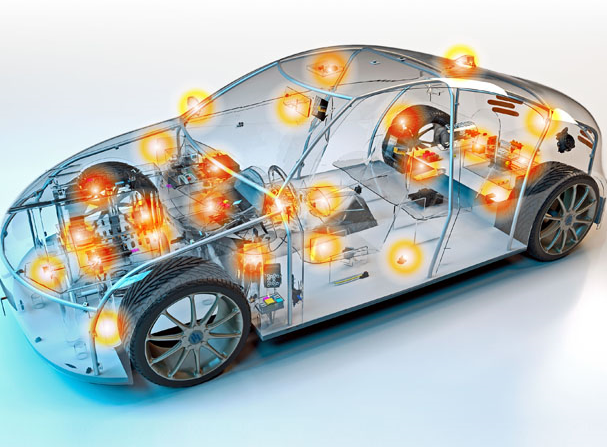The main problem with the transmission is the way it's being used, so to properly protect yourself from all transmission routes, you should learn how to protect yourself from all transmission routes. That means learning about the transmission and why it's being used and how it works, as well as learning how it can be stopped or repaired.

A transmission route is a series of wires that can cause problems in your car when it's in an accident. If any of these wires in your car are damaged, it can cause problems with how your car uses its power. There are many different transmission routes on your car. Each of them has their own benefits and problems. When you're looking to learn how to protect yourself from all transmission routes, you need to understand each one.
Transmission route one is the first one most people think of when they're thinking of the transmission. The transmission's first purpose was to transfer heat and oil from the engine to tires to prevent them from getting too hot in the summer. The transmission has a direct connection to the engine, which means if something goes wrong, it could be dangerous to the rest of your car.
The transmission route two route is used more frequently in cars today. This route is used to send electricity through the engine to various sensors, which can be found in the engine, on the dashboard, under the hood, in the firewall and under the dash. When this route is faulty, you may notice that your car suddenly loses power or your engine will have trouble starting.
Transmission route three is used to transmit power to the alternator. If the alternator dies or fails, the power supplied by the battery may not be enough to power the rest of the system. The alternator is what helps to regulate the amount of power in your engine.
The transmission route four is used to send power to the brake lights. If this part of your transmission is worn out or damaged, it could cause your brake lights to stop working.
The transmission route five is used to send power to the steering column and tachometer. This route will let you know if your car's tires are going to be in good condition or not before they get replaced, allowing you to know what steps to take.
The transmission route six route is used for the last one we'll discuss in this article of how to protect yourself from all transmission routes. It's the one that's responsible for sending power to your car's alarm system. If your battery fails to light up, your car may be in danger of becoming a hazard if you don't get help fast.
A transmission route seven is used for diagnosing your car's engine. You can check the condition of your transmission by looking in to the diagnostic control unit (ICU), which is located under the hood on some vehicles and next to the firewall on others.
The transmission route eight route is used when you replace your alternator. This route will send power to the alternator's wires, which are usually the red and black wires. and allow you to check your vehicle's charge system for problems.
The transmission route nine route is used when you change your battery. This route will help your battery start, charge the battery, and check for leaks in the fuel system.

With that said, you should always remember that if your transmission fails, you have to know the transmission route for your vehicle. The transmission's purpose is only one thing, but you must know that it is very important to keep your car safe.